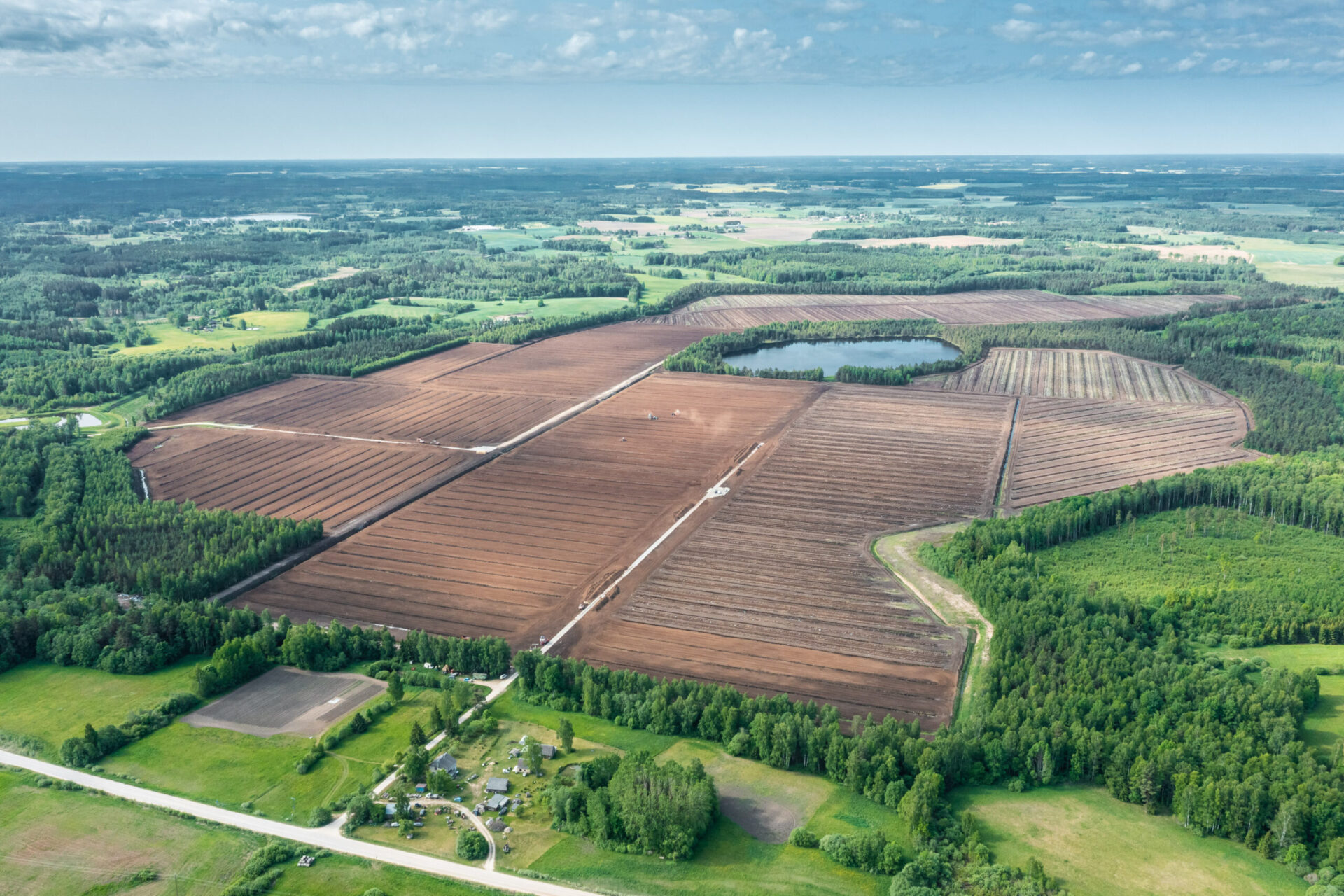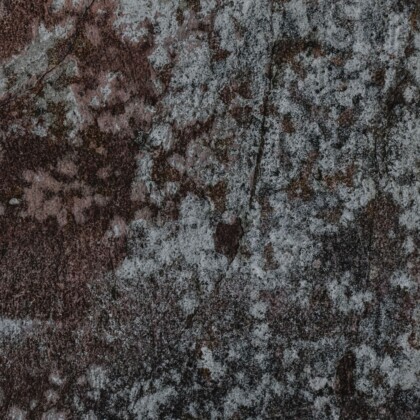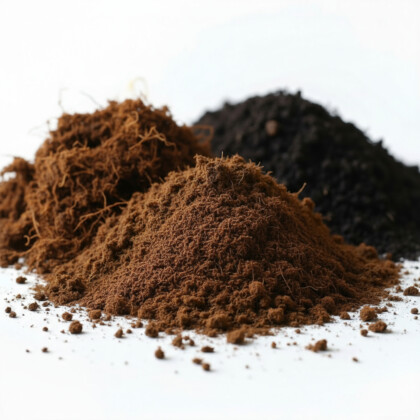

Latvia peat bogs are natural wetlands that have formed over thousands of years from waterlogged vegetation, mainly sphagnum moss. Today, these peatlands are not only carbon-rich ecosystems but also the source of high-quality peat moss soil used worldwide in horticulture.
How Do Latvia’s Peat Bogs Form?
Peat bogs develop slowly as sphagnum moss and other plants accumulate in wet, oxygen-poor environments. In Latvia, the humid climate and marshy terrain provide ideal conditions for this process.
These peatlands cover over 10% of the country’s territory, making Latvia one of Europe’s leading producers of sphagnum peat moss. The resulting peat soil is rich in organic matter and ideal for gardening, professional growing, and soil mixes.
🧭 View the Latvian Peat Association’s peatland map
The Historical Role of Peat in Latvia
Peat has long been an essential resource in Latvian life:
- 19th century: Peat was widely used for domestic heating.
- Soviet era: Large-scale peat extraction supported agriculture and greenhouse production.
- Today: Latvia exports peat moss soil globally for horticultural use.
What once heated homes now helps grow plants. This shift marks the evolution of Latvia’s peat industry into a modern, export-oriented sector.
Why Is Sphagnum Peat Moss Used in Gardening?
Sphagnum peat moss is valued for its:
- Excellent water retention capacity
- Aeration improvement in heavy soils
- Sterility (free of weed seeds and pathogens)
These properties make it ideal for seed starting, potting mixes, and professional horticulture. Many users wonder about the difference between sphagnum moss vs peat moss — the first is the live plant; the second is its partially decomposed form, extracted from bogs.
Explore our peat moss products and their applications in professional growing.
Peat Bogs and the Environment
Latvia’s peat bogs are ecological powerhouses. They store massive amounts of carbon and regulate water cycles while offering unique habitats for biodiversity.
However, unmanaged peat extraction can lead to degradation. That’s why Latvia emphasizes:
- Sustainable peat harvesting methods
- Bog restoration after extraction
- Monitoring of hydrology and vegetation
Restored peatlands continue to function as carbon sinks and biodiversity hotspots, ensuring long-term balance between nature and economy.
Read more about our commitment to sustainability.
Internal & External Resources
- Latvian Peat Association Interactive Map
- What Is Sphagnum Peat Moss?
- Sustainable Peat Extraction at ETEPEK
- Benefits of Peat Moss in Horticulture
Key Takeaways
Latvia peat bogs formed over millennia from sphagnum moss in wetland ecosystems.
The country is a leading producer and exporter of peat moss soil for horticulture.
Peat once used for fuel now powers plant growth in a sustainable way.
Restoration efforts ensure peatlands continue storing carbon and supporting biodiversity.
Loading norms
Loading norms and packing specifications can be affected by various factors, for example chosen product type specifications, seasonal weight changes of a product or a specific destination countries’ weight limits.


